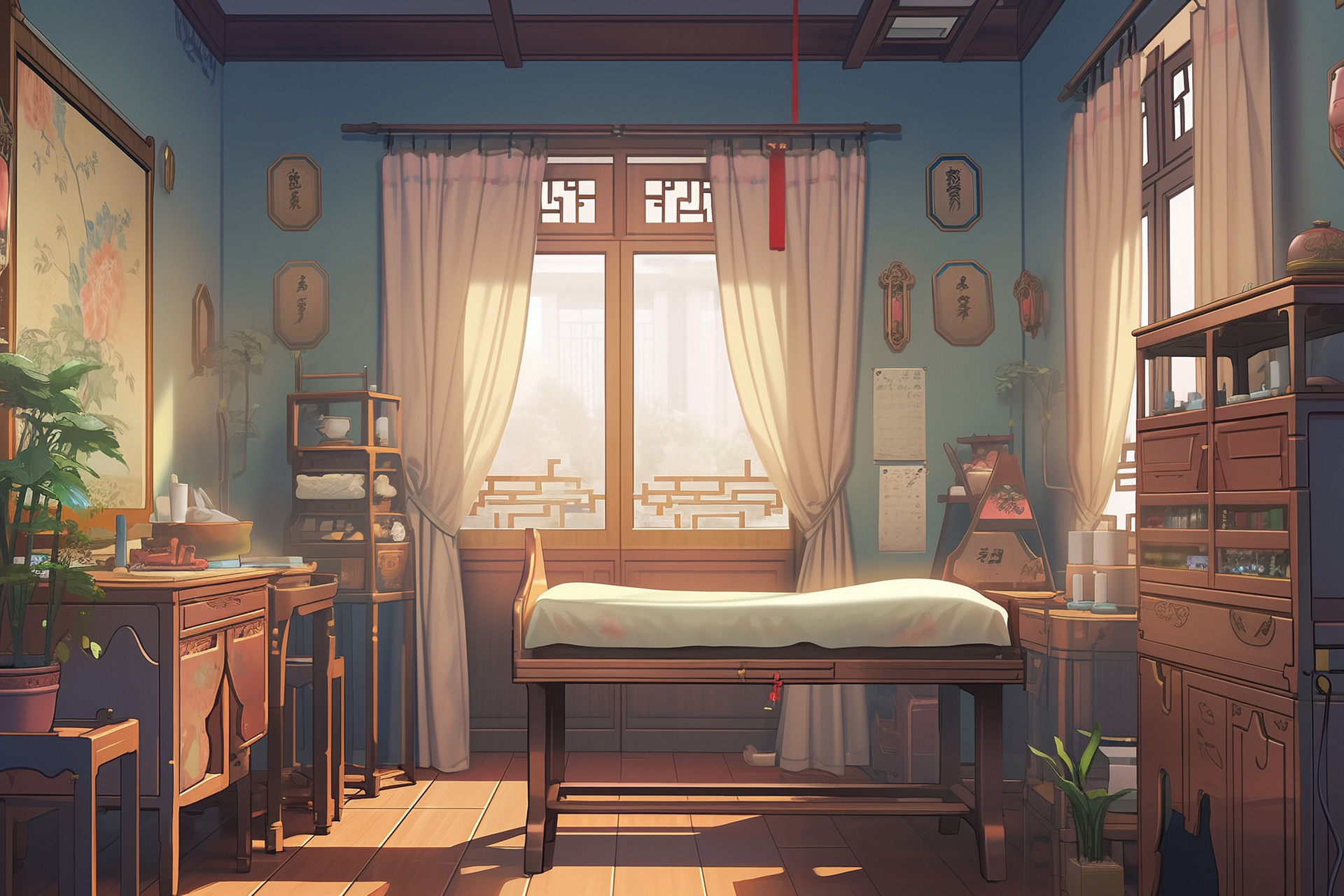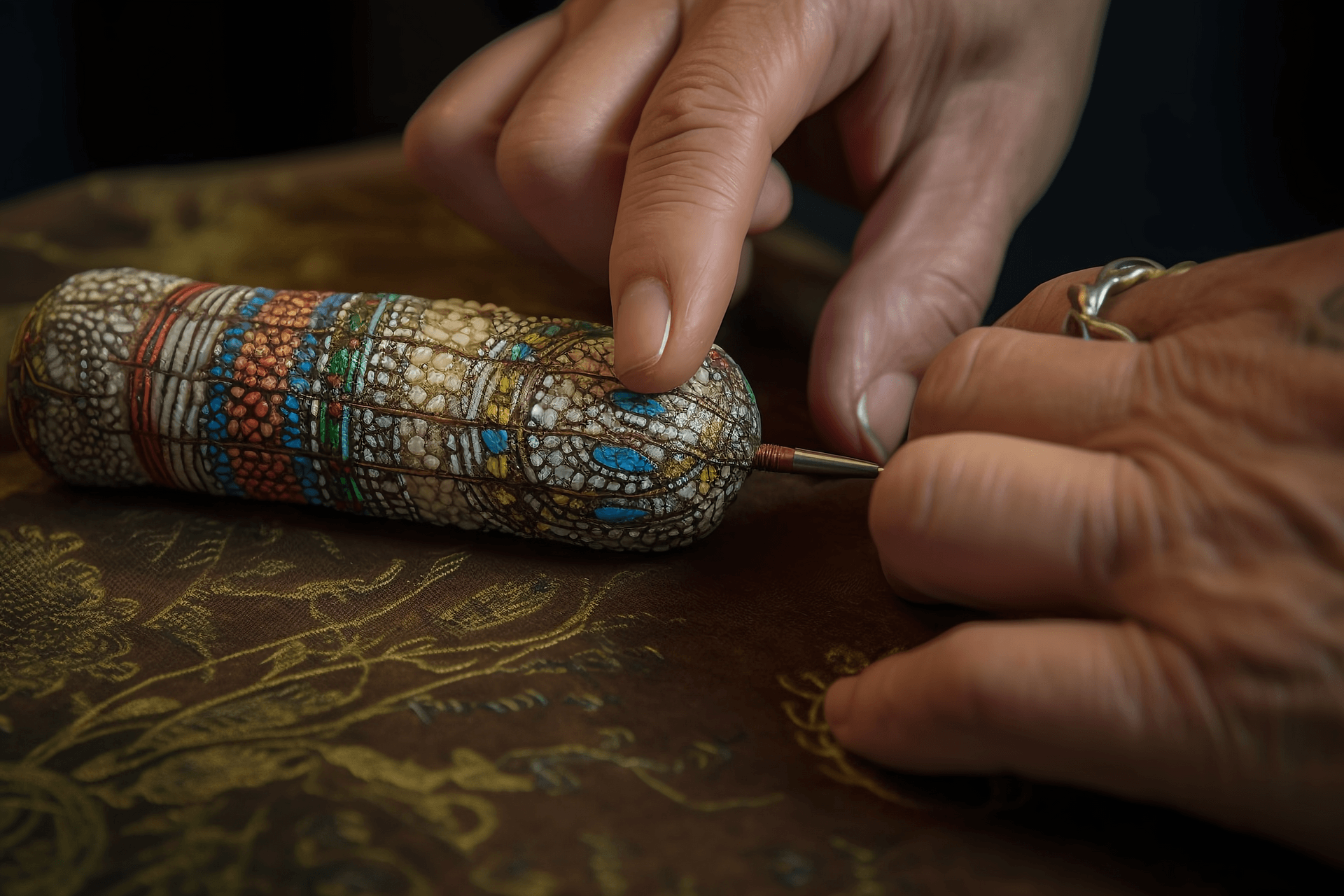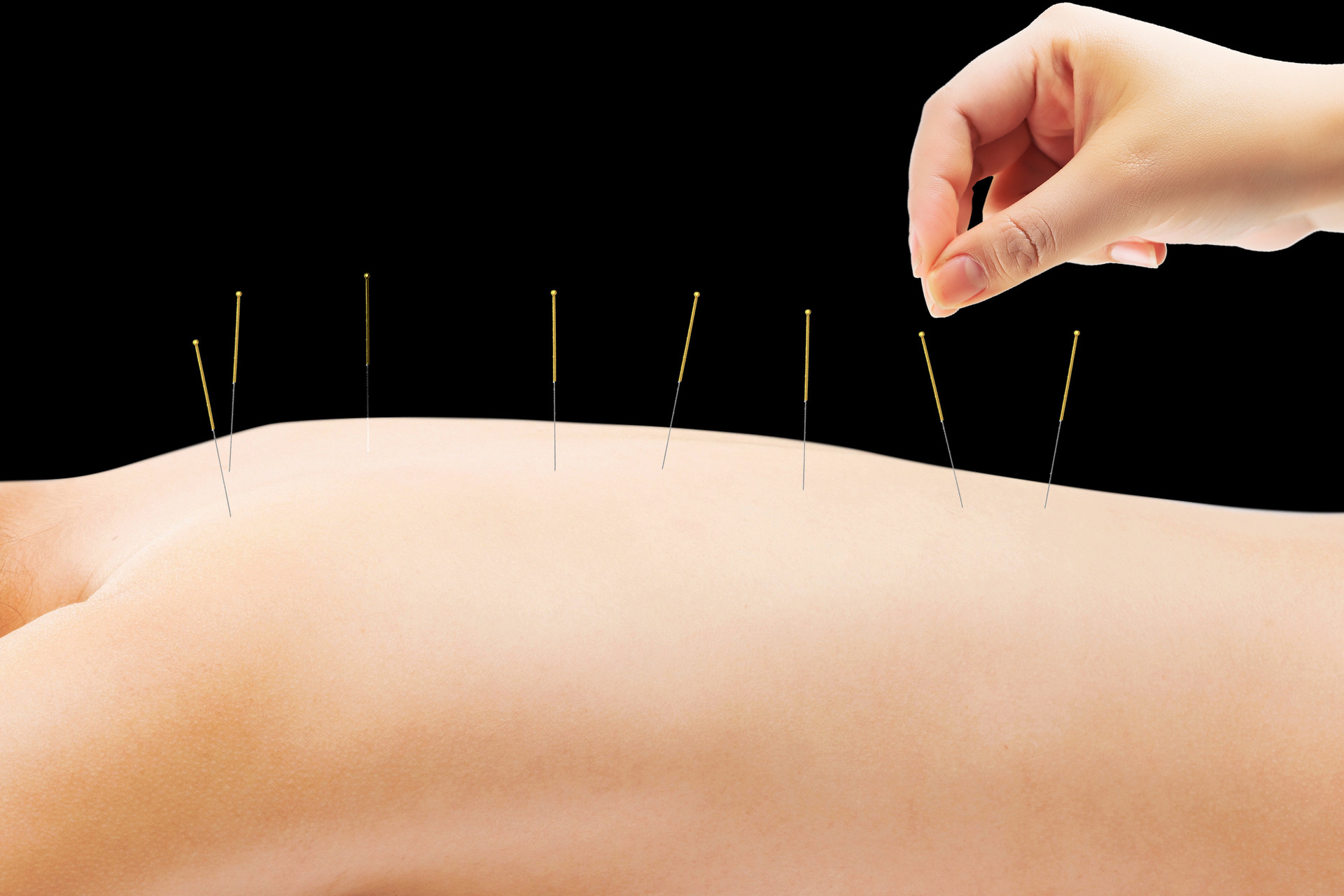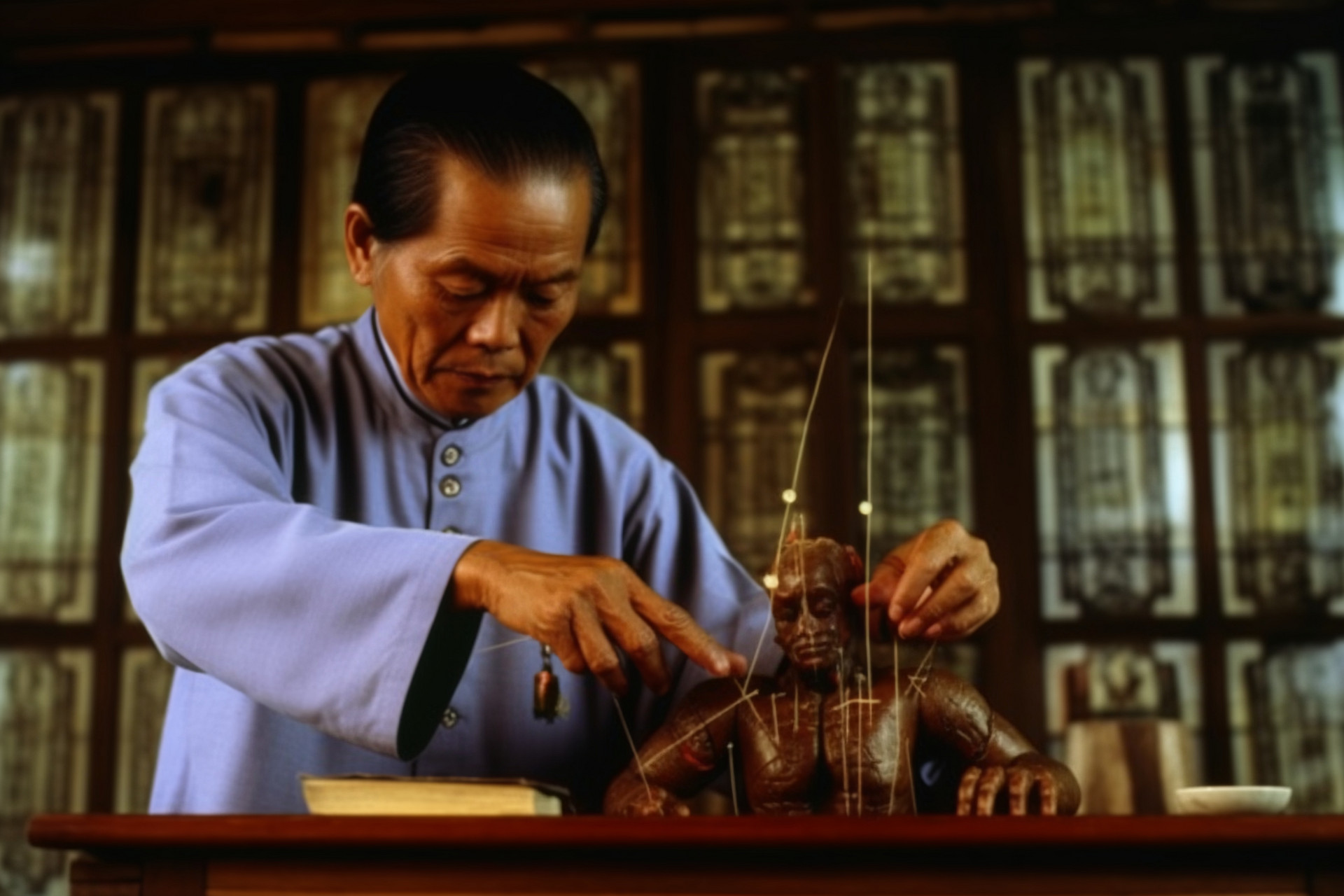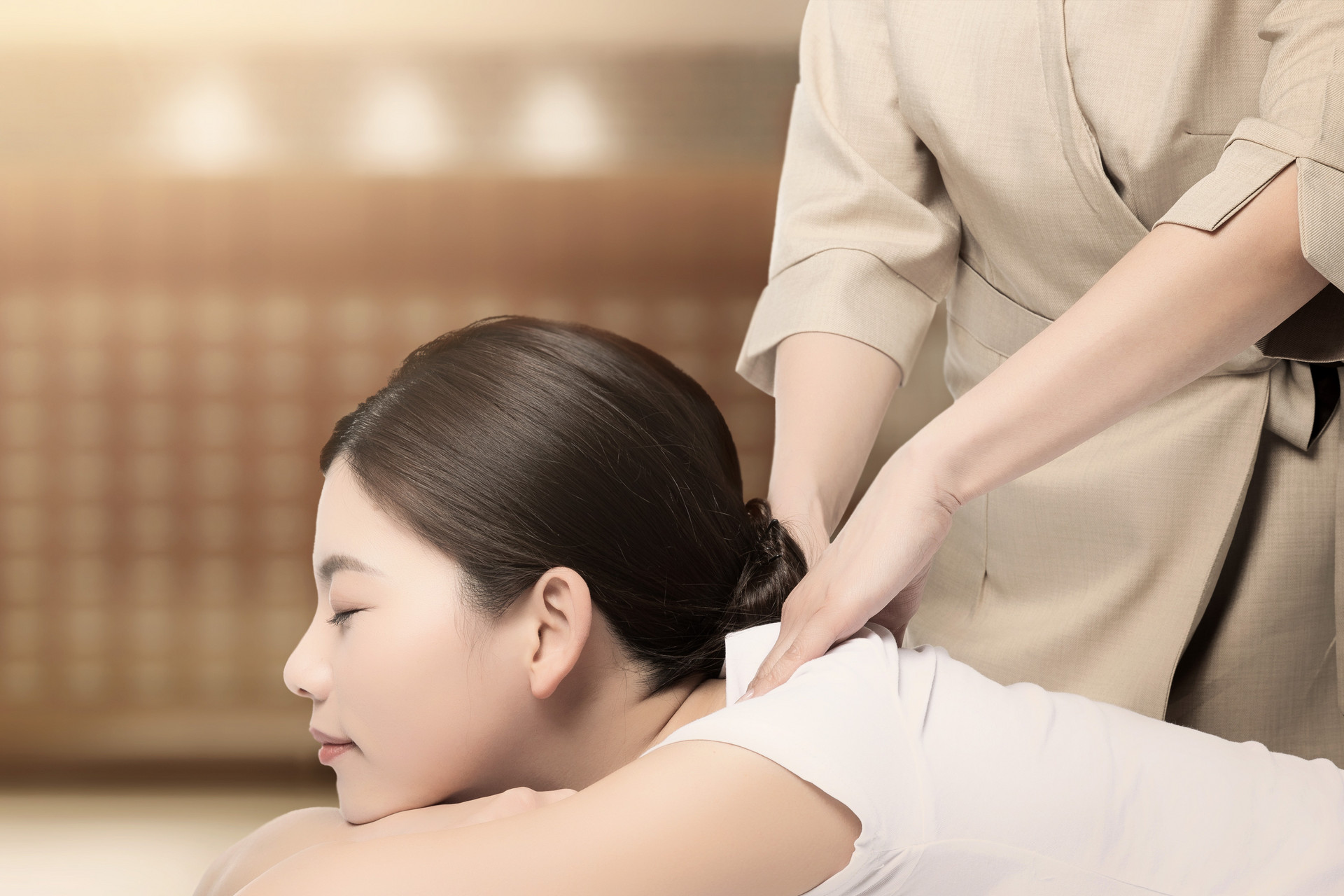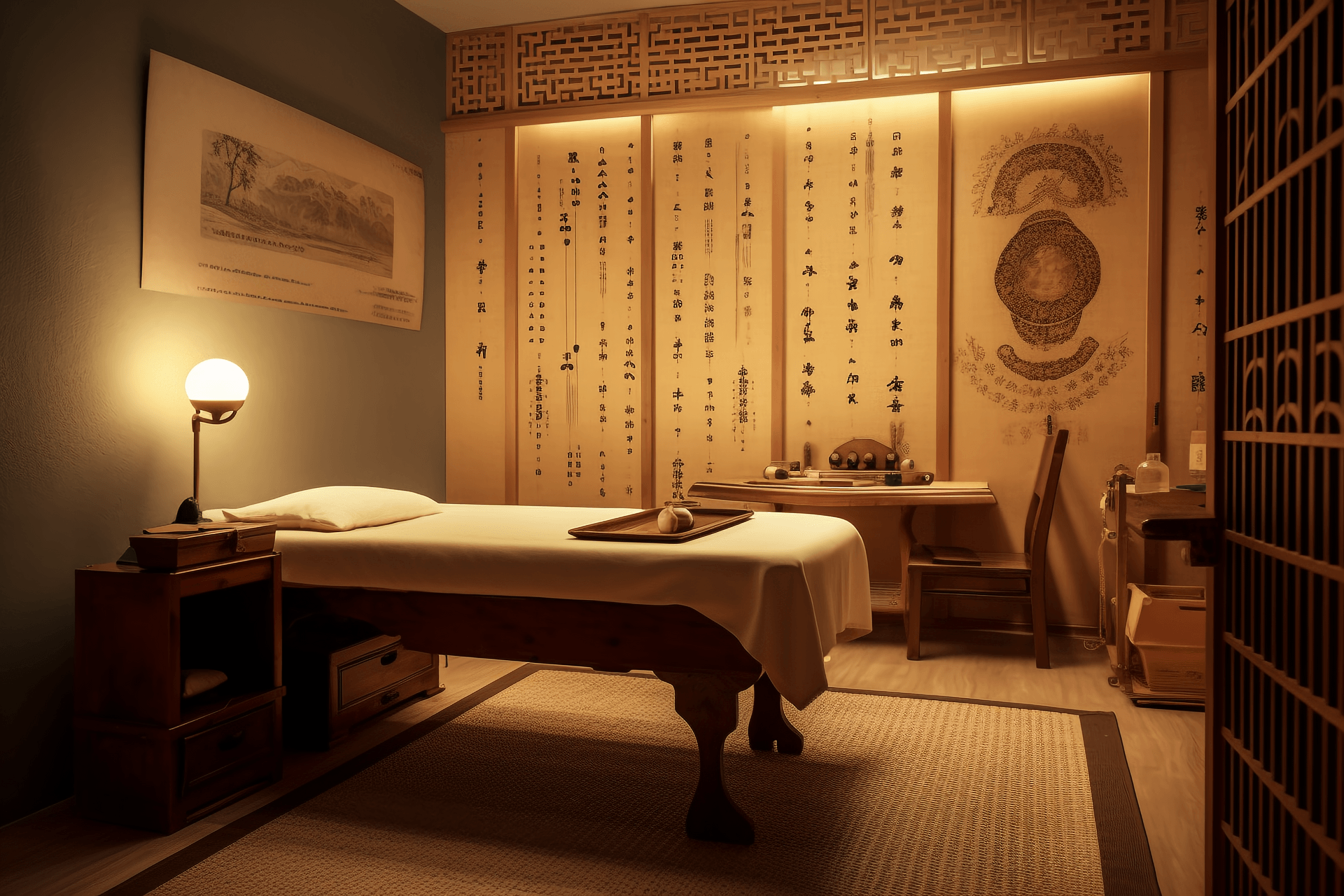Moxibustion can be divided into two types: direct moxibustion (also known as skin moxibustion) and indirect moxibustion (also known as separated moxibustion). This chapter will only discuss direct moxibustion. Direct moxibustion is a method of applying moxa directly on the skin surface of acupoints. In ancient times, it was also called "ming jiu" or "zhuo rou jiu". It is the earliest form of moxibustion therapy used in China.
The so-called moxa refers to moxa wool formed into a certain shape for moxibustion. In ancient times, moxa had various shapes, such as conical, horn-shaped, and spindle-shaped. Nowadays, the most commonly used moxa is the conical moxa with a pointed top and a flat bottom. It comes in three sizes: large, medium, and small. The large moxa is about 1cm high and has a bottom diameter of about 1cm, and it can burn for 3 to 5 minutes. The medium moxa is half the size of the large moxa, and the small moxa is like a grain of wheat. Regardless of size, the height of the moxa is roughly equal to its bottom diameter. In order to enhance the therapeutic effect, ancient people often mixed certain drugs into the moxa, mostly aromatic drugs such as musk, agarwood, and realgar. The selection of drugs to be added depends on the specific disease being treated. For example, croton seed and moxa are used for moxibustion on ulcers and scrofula, and lead powder is added to treat heart pain. However, the latter practice is rarely used in modern times.




